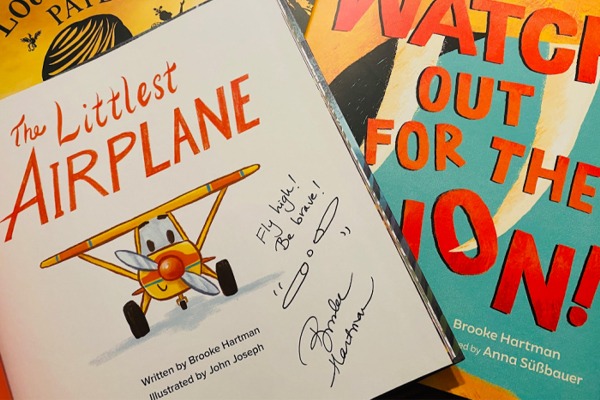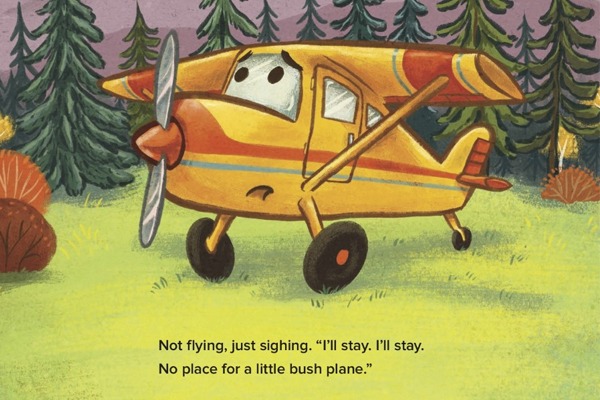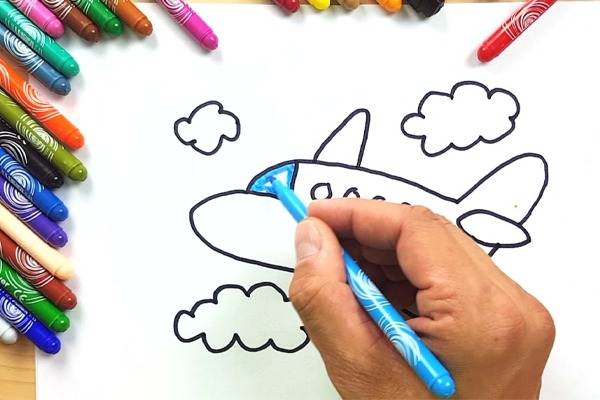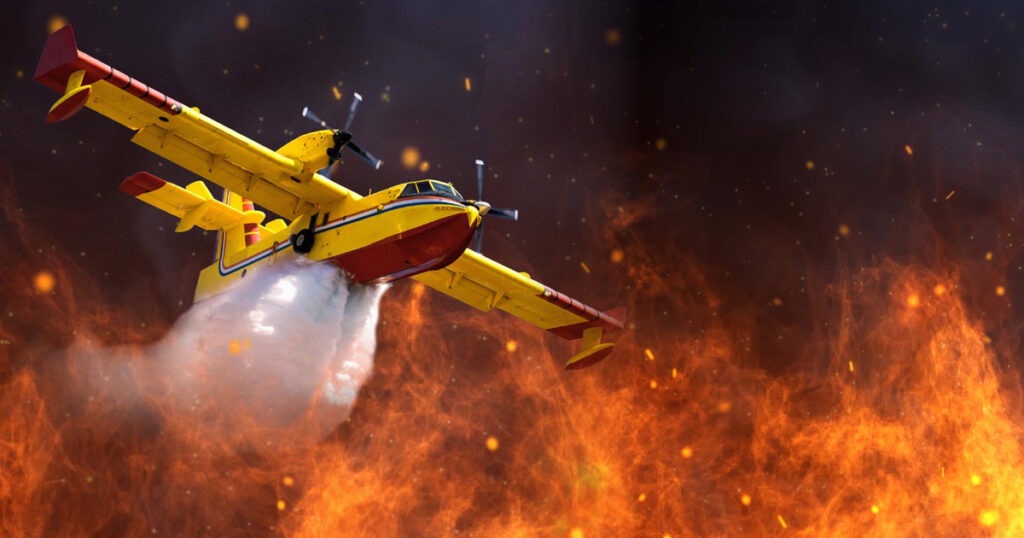In this integrated STEM and literacy lesson, students will read from The Littlest Airplane and explore how different types of aircraft are designed for specific missions. They will discuss how design affects function and compare various aircraft types (e.g., bush planes, jets, helicopters, cargo planes). Students will then complete the “What’s Your Mission?” worksheet, where they match aircraft to missions and design their own purposeful airplane.

Learning Targets & Objectives
In the completion of this lesson, students should be able to:
- Identify different types of aircraft and what they are used for.
- Explain how an airplane's design helps it do its job.
- Create and describe their own aircraft and design for a specific mission.

Student Baseline Knowledge & Skills
Students should:
- Be able to read or listen to a story and answer basic comprehension questions.
- Understand that objects (like tools or vehicles) have specific uses.
- Be able to draw and/or write a few descriptive words or sentences with support.

Formative Assessment
- Completion of the "What's Your Mission" worksheet, which includes matching aircraft types to their missions and drawing/writing about a student-designed aircraft and its purpose.
- Informal observation during group discussion.

Materials & Resources
- The Littlest Airplane by Brooke Hartman
- DreamFlight's "What's Your Mission" Worksheet
- Visuals or real-life images of aircraft types (e.g., fire-fighting planes, medevac helicopters, crop dusters, bush planes, military jets)
- DreamFlight's "What's Your Mission" Video (Optional)
- Chart paper or whiteboard for discussion
- Crayons, penciles, or markers

Lesson Procedure
- Introduction (5 Minutes)
- Begin with a question: “Did you know not all airplanes are the same? Some planes fight fires, some carry people, and some land on rivers!”
- Show pictures or models of different aircraft and briefly describe their function, or alternatively, show the “What’s Your Mission?” video from DreamFlight Charities.
- Read-Aloud: The Littlest Airplane (10-15 Minutes)
- Read aloud and pause to discuss:
- What kind of airplane is the Littlest Airplane?
- How is it different from the other planes?
- What was the Littlest Airplane’s mission?
- How did its size help it succeed?
- Group Discussion (5-10 Minutes)
- Review the types of aircraft shown earlier.
- Talk about how their shapes, sizes, or features help them do specific jobs (e.g., floatplanes have pontoons, fire planes carry water, jets go fast).
- Optional: Create a class chart titled “Planes and Their Missions.”
- Activity – “What’s Your Mission?” Worksheet (15-20 Minutes)
- Part 1: Match each pictured aircraft to its mission by drawing lines from the plan to a given scenario.
- Part 2: Have students draw and write about their own airplane while answering the following questions:
- What is your plane called?
- What special job does it do?
- What makes your plane good at its job?
- Sharing and Wrap-Up (5-10 Minutes)
- Invite several students to share their airplanes with the class or in small groups.
- Reinforce the big idea: “Airplanes are made for all kinds of missions – and the way they’re built helps them succeed!”
- Optional Extensions
- Utilize DreamFlight’s Paper Pilots activity for a STEM tie-in and encourage students to write a report about their flight and findings.
- Show DreamFlight’s “Careers in Aviation” video that features various professions like being a pilot or an engineer.
- Have the class turn their student-designed airplane into a story or comic strip.
This activity is a great way to help students learn to associate tools and vehicles with a specific purpose while also introducing a variety of careers within the aviation industry. At the same time, we hope to inspire creativity and innovation as students are encouraged to develop their own aircraft design for a specific mission.

